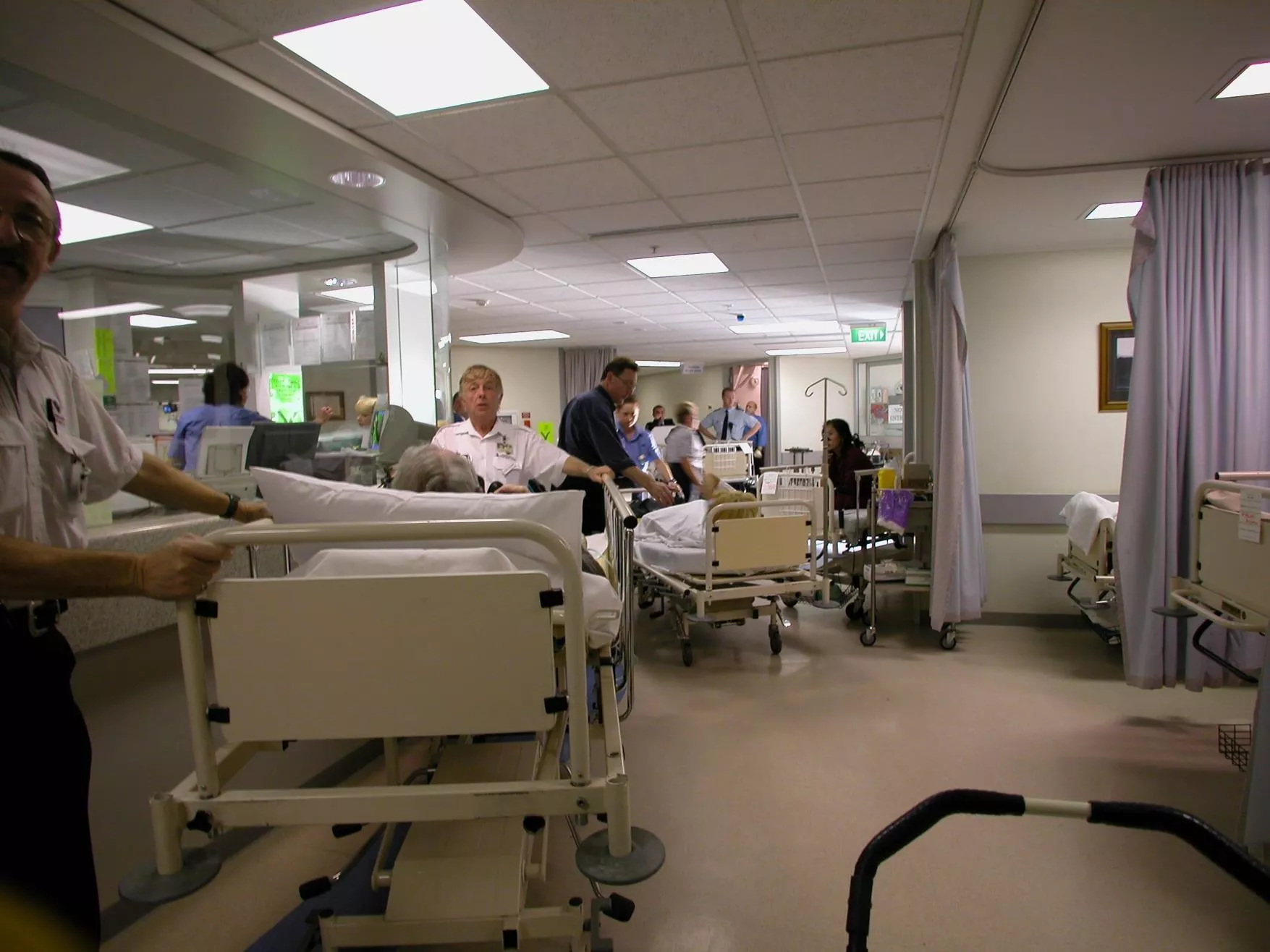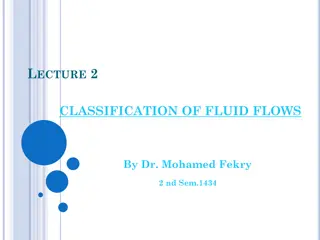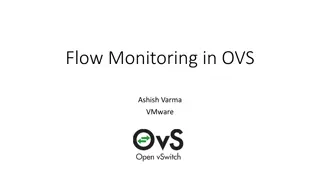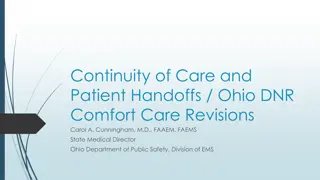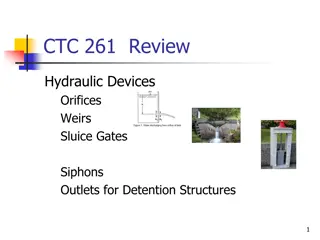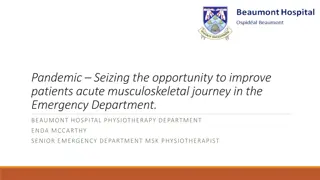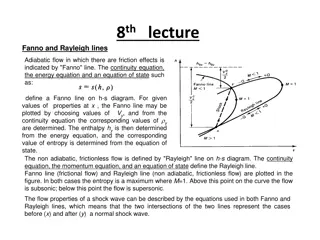Streamlining Patient Flow in the Emergency Department: A Case Study
Prof. David Ben-Tovim from the Southern Adelaide Local Health Network and Flinders University implemented value stream principles to optimize patient flow in the emergency department. This case study discusses the strategic organization of resources, triage, patient assessment, and treatment allocation to improve efficiency and patient outcomes.
Download Presentation

Please find below an Image/Link to download the presentation.
The content on the website is provided AS IS for your information and personal use only. It may not be sold, licensed, or shared on other websites without obtaining consent from the author. Download presentation by click this link. If you encounter any issues during the download, it is possible that the publisher has removed the file from their server.
E N D
Presentation Transcript
Prof. David Ben-Tovim Southern Adelaide Local Health Network & Flinders University
ED map ED map Recovery Discharged home/transfer another hospital Waiting room Paed ED Fast track to existing fast track service chest pain, ICCU, CCMU, labour/deliv Fast track to existing fast- - track service- - chest pain, ICCU, CCMU, labour/deliv PSA helps paramedics put pt onto barouche PSA helps paramedics put pt onto barouche A A- -side coordinator manages pt flows moves pts in according to triage category, waiting time, informal assessment of severity, and dr work flow side coordinator manages pt flows- - moves pts in according to triage category, waiting time, informal assessment of severity, and dr work flow Triage cubilces B side cubicles B B- - side coordinator manages nursing organisation side coordinator manages nursing organisation Category 3+ to lie down or sit- -up waiting Category 3+ to lie down or sit waiting up Drs supposed to assess pts in Ed cubicles. Patients seen according to dr seniority, severity of illness, informal assessments and work flow. Drs supposed to assess pts in Ed cubicles. Patients seen according to dr seniority, severity of illness, informal assessments and work flow. Arrival by ambulance gen med.surg Ology and Seen by triage nurse at triage desk drs and nurses Category 2 st into ed Category 2 st into ed A side cubicles EECU Clerical area for documenting and starting medical record Arrival by car/bus/ on foot A side coordinator manages nursing organisation A side coordinator manages nursing organisation Drs Drs Category 1 or trauma Category 1 or trauma allocated to pts, nurses allocated to cublcles allocated to pts, nurses allocated to cublcles Paramedic provides clerical staff with info for record Decision to admit after more or less negotiation and assessment, then admit to ward when bed available Decision to admit after more or less negotiation and assessment, then admit to ward when bed available Resus X-ray waiting room 3
See in order of arrival Registration & givenown paperwork Likely to be discharged Waiting room B B- side of ED , B side team side B side Self Triage Desk Amb A side A side cubicles and team Likely to be admitted Resus 4
Garrett Hardin- The tragedy of the Commons Science, 1968,: 162; 1243-1248
[Adam Smith] contributed to a dominant tendency of thought that has ever since interfered with positive action based on rational analysis, namely, the tendency to assume that decisions reached individually will, in fact, be the best decisions for an entire society
Picture a pasture open to all As a rational being, each herdsman seeks to maximize his gain Each herdsman receives all the benefit of an increment of one animal-but the effects of overgrazing are shared out amongst all the herders
Ruin is the destination towards which all men rush, each pursuing his own best interest in a society that believes in the freedom of the commons. Freedom in a commons brings ruin to all.
A commons-Human generated or defined resource, too large to prevent access by many users, but once in, each user is in competition with all other users for the resources within it. Neither private goods (restricted access, competition creates market) Not public good- benefits not exhausted by access
Public Hospitals as Commons. Tragedy beckons, despite being fully owned by the state.
The Tragedy of the Commons is not inevitable- it is the outcome of the unmanaged Commons Elinor Ostrom-Governing the Commons: the evolution of Institutions for Collective Action- Cambridge Univ Press, 1990 Nobel Prize winner- Economics 2009.
Institutional arrangements for managing common pool resources Common pool resources generally become degraded when run by top-down national regimes, or by top-down rules not credible to users. Energy of users goes into gaming, not adapting
Institutional arrangements for managing common pool resources Co-operative governance: users + common pool resource managers
The governance structure needs to provide provide: 1. Timely, useful and useable information about stocks, flows, processes within Common pool resource 2. Cheap, accessible, timely conflict resolution 3. Rules for resource use that are commonly followed By developing rules in via informed discussion with users By ensuring compliance via realistic incentives and graduated sanctions
The governance structure needs to provide provide: 4 Preparing for change
Problem Scope Embed Sustain Improve Authorisations 5 1 Assess Impact 4 Diagnostic Phase Lean 2 principles 3 Permission for change Intervention Phase P D A S Real Problem P D A S P D A S P D A S P D A S

 undefined
undefined






